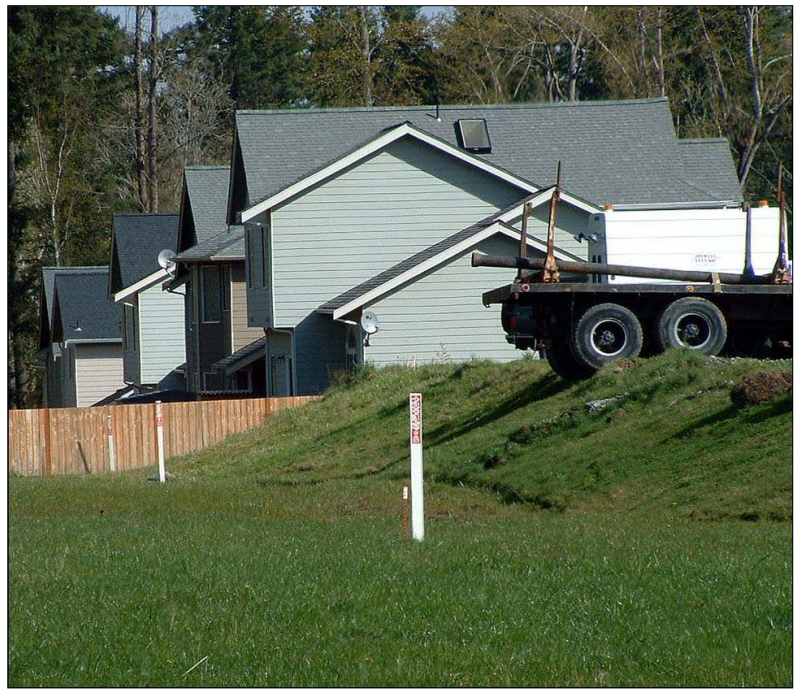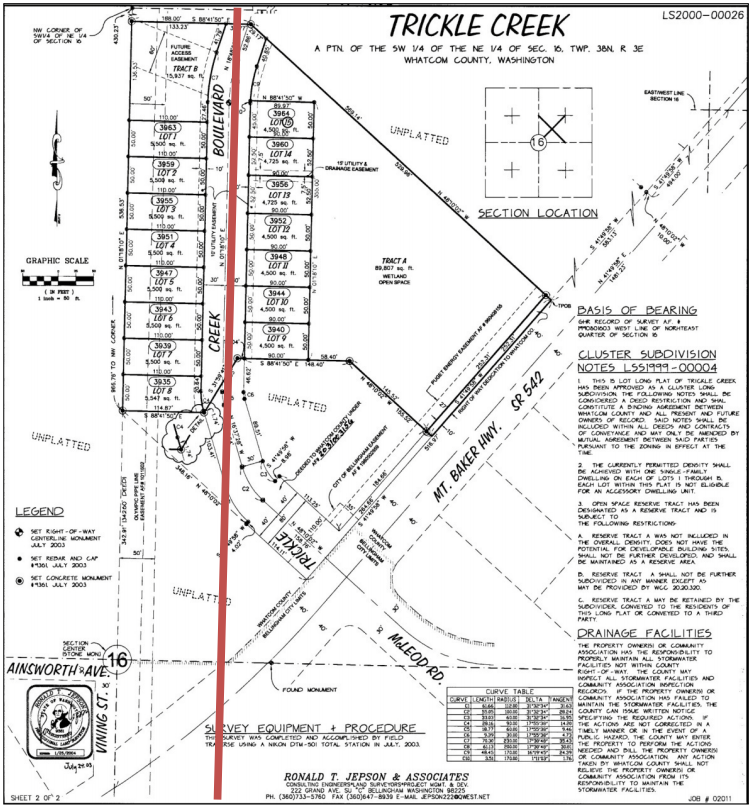ND04 "Coordinate Property Development Design and Construction with Transmission Pipeline Operator"
Practice Statement When property development is planned within the consultation zone (reference PIPA Recommended Practice BL05), the property developer/owner and the transmission pipeline operator should communicate to ensure possible impacts of pipeline incidents and maintenance needs are considered during development design and construction.
Audience(s): Property Developer and Owner, Transmission Pipeline Operator
Practice Description
Property developers/owners should initiate communication with transmission pipeline operators as early as possible in the property development planning process. Early discussions may ward off development designs that could raise the risk of impact to the community or damage to a nearby transmission pipeline.
As the development construction start date draws nearer, the cost of redesigns can become much more significant. Also, the property developer/owner may miss an opportunity to use the transmission pipeline right-of-way to enhance the property development (see PIPA Recommended Practice ND08). Other property development design considerations relative to the proximity of a pipeline are discussed in PIPA Recommended Practices ND08 - ND15.
Regardless of when communication begins, the construction phase of a property development poses the greatest risk to the integrity of a nearby transmission pipeline. The location of the transmission pipeline easements should be shown on the construction plans. The one-call system should be used to ensure the precise location of all underground facilities is determined before excavation begins. Also, the development construction should not inhibit access for to the transmission pipeline for the pipeline operator or emergency responders.
The following examples illustrate the negative consequences for stakeholders if communication about proposed property developments near transmission pipelines occurs late in the planning process.

Example of development constructed over a transmission pipeline right-of-way without consultation among property developer/owner, transmission pipeline operator and local government. Note the encroachment of the fence on the transmission pipeline right-of-way. It obstructs the transmission pipeline operator's ability to patrol the pipeline. With proper advance planning between the parties in the initial platting stage, perhaps a greenbelt could have been incorporated to eliminate the potential for subsequent ROW encroachments by the property owners. The truck on the right in this picture has the potential for heavy vehicular encroachment over the pipeline. The property owners are prohibited from installing large landscaping, patios or other structures on the transmission pipeline right-of-way.

Example plat of development constructed over a transmission pipeline right-of-way without consultation among developer, transmission pipeline operator, and local government. Note location of the transmission pipeline right-of-way in red. Proper consultation between all parties may have enabled the pipeline to be platted at the rear edge of all lots with possibly a green belt (i.e. no lot lines crossing the easement) provided on the plat.
References
- Navigate to Other Practices:
- Baseline (BL) Recommended Practices: BL01 BL02 BL03 BL04 BL05 BL06 BL07 BL08 BL09 BL10 BL11 BL12 BL13 BL14 BL15 BL16 BL17 BL18
- New Development (ND) Recommended Practices: ND01 ND02 ND03 ND04 ND05 ND06 ND07 ND08 ND09 ND10 ND11 ND12 ND13 ND14 ND15 ND16 ND17 ND18 ND19 ND20 ND21 ND22 ND23 ND24 ND25 ND26 ND27 ND28
- Table of Recommended Practices
